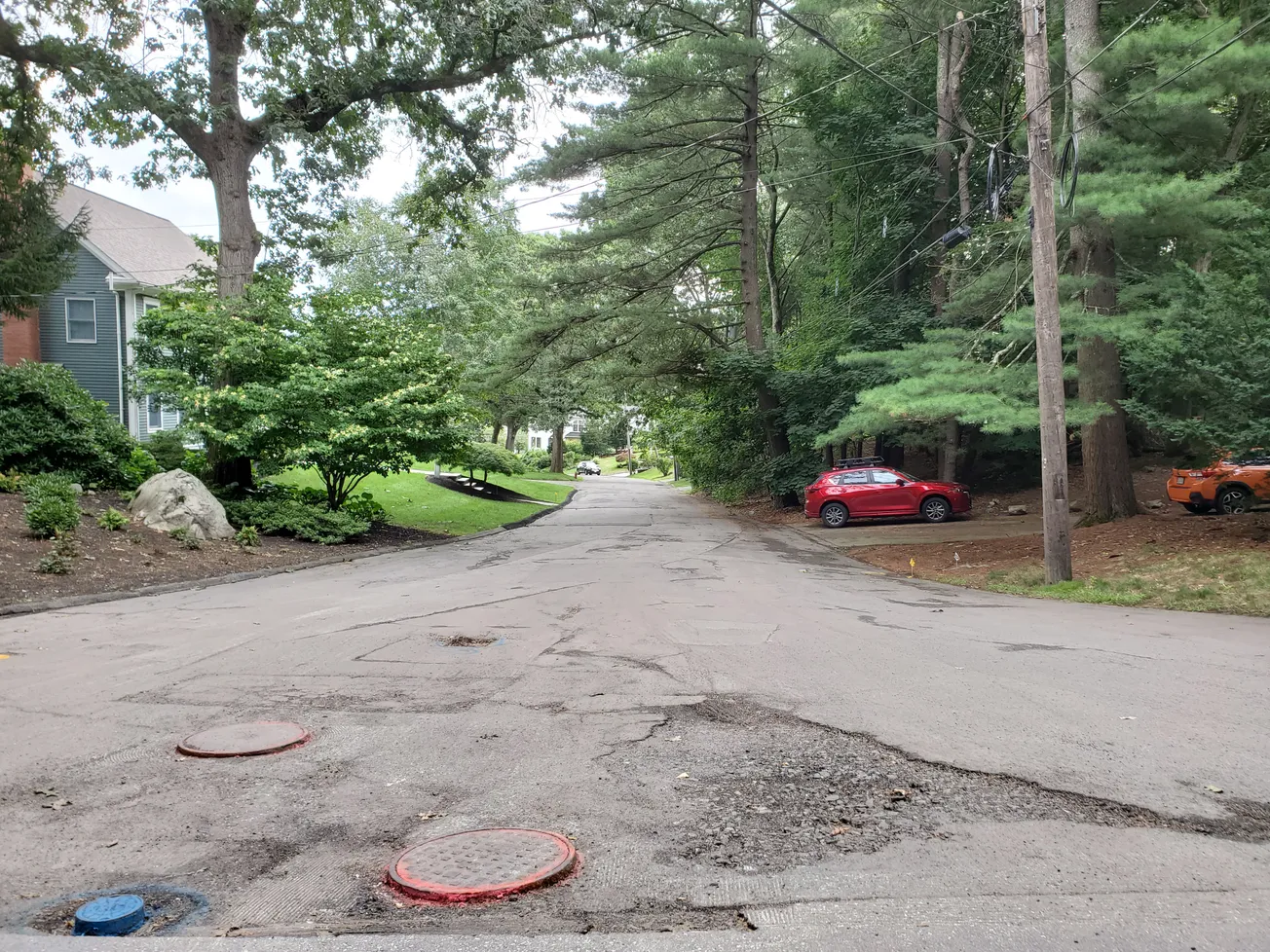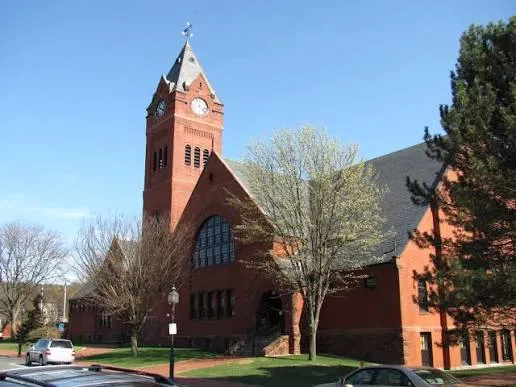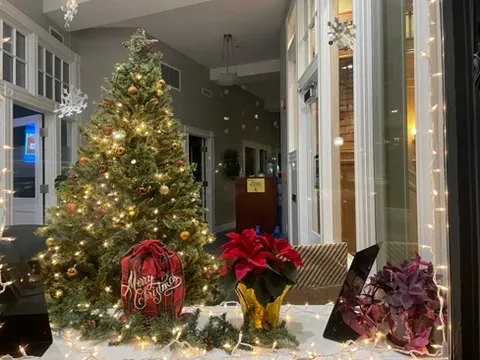Table of Contents
A number of streets in Winchester are being repaved through the rest of August and September.
“We’ve got to maintain the roads,” said Department of Public Works Director Robert LaBossiere. “We’ve got a yearly road program we use; you want to get to them before they fall apart.”
An effort has been made to target roads nears schools first to minimize disruption as the school year starts, including streets near the Ambrose, Parkhurst and Muraco schools like Arlington Street, Atherton Road, Bates Road, Birch Lane and Indian Hill Road.
“The School Department is grateful for Mr. LaBossiere’s prioritization of paving projects near schools,” Superintendent Dr. Frank Hackett said. “The first few days of school are always hectic, with buses on the road and the increased traffic that comes with student pick-up and drop-off. Completing the work by our buildings ahead of our opening helps to ensure the safety of our students and staff as they return for the new academic year.”
The first day of school for students is Thursday, Sept. 5.
A second phase of repaving will include Loring Avenue and Sawmill Brook Road. Other streets include Bradford Road, Charles Road, Clark Street, Dunster Lane, Kirk Street, Lochwan Street, Samoset Road, Symmes Road and Wendell Street.
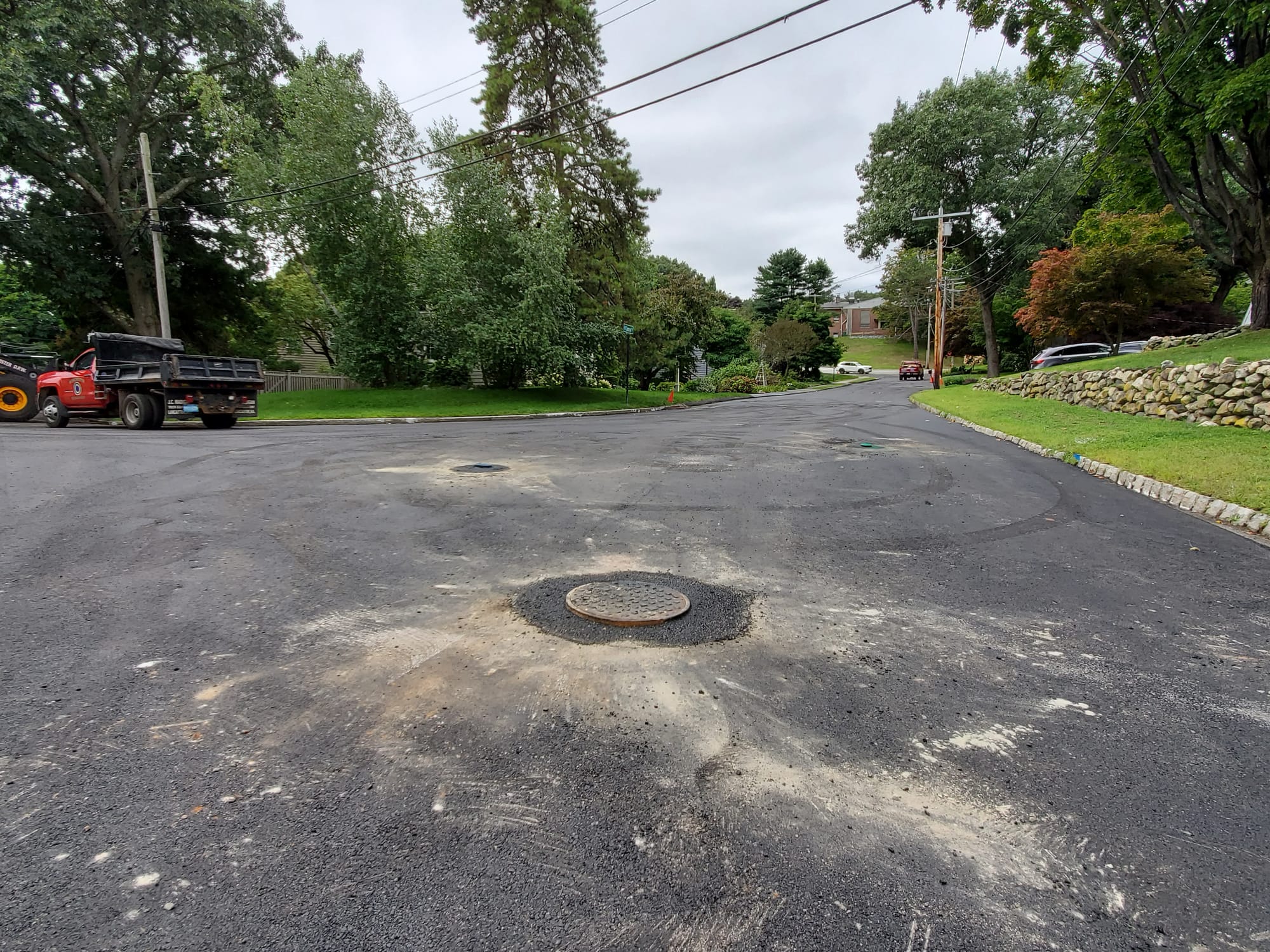
Weather as well as the school year plays a part in scheduling.
“We try to get it all done before winter,” LaBossiere said.
He also said work is “a little late this year because the state didn’t release funds until late July. We couldn’t set a schedule until it became available.”
Like other municipalities, Winchester receives yearly state aid under Chapter 90, which provides funding for capital improvements on roadways. Chapter 90 funds will pay for most of the $515,501 project.
“I’m very pleased the Legislature is providing these critical funds to local communities for transportation improvements,” said state Sen. Jason Lewis in May. “I know this money will be put to good use in Winchester improving roads.”
What’s going on now
The first step in the repaving process is removing existing pavement, or milling, followed by work on manholes and drainage points, when they’re above street level. Motorists are advised to proceed cautiously.
The last step is repaving and painting, if necessary.
Work is scheduled in conjunction with utility work, as is the case on Loring this year.
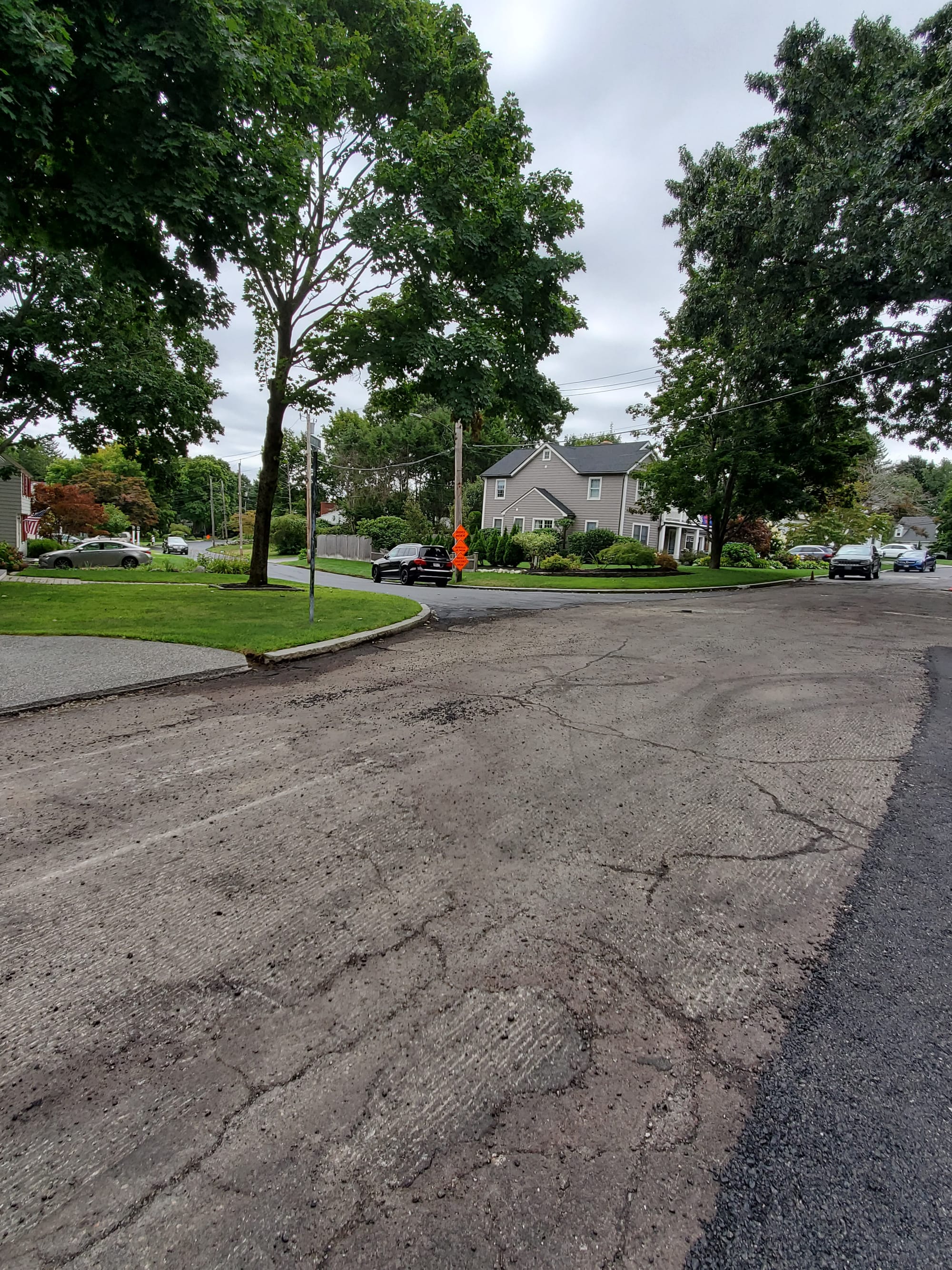
Although LaBossiere said Winchester’s streets aren’t in particularly bad shape, repaving is an endless process.
“We try to work on different areas each year,” he said. “We have a lot of streets and it’s a good mixture. Areas of downtown will need to be done in conjunction with the MBTA.”
Town Manager Beth Rudolph agreed.
“The DPW prioritizes streets that need repaving,” Rudolph added. “It’s something we do every year.”
There is no waiting for an area to become more populated through development.
“If something is imminent we wait for utilities to be installed, but we can’t wait on possible development,” LaBossiere said. “If I wait and the road deteriorates, I’ve lost time.”

